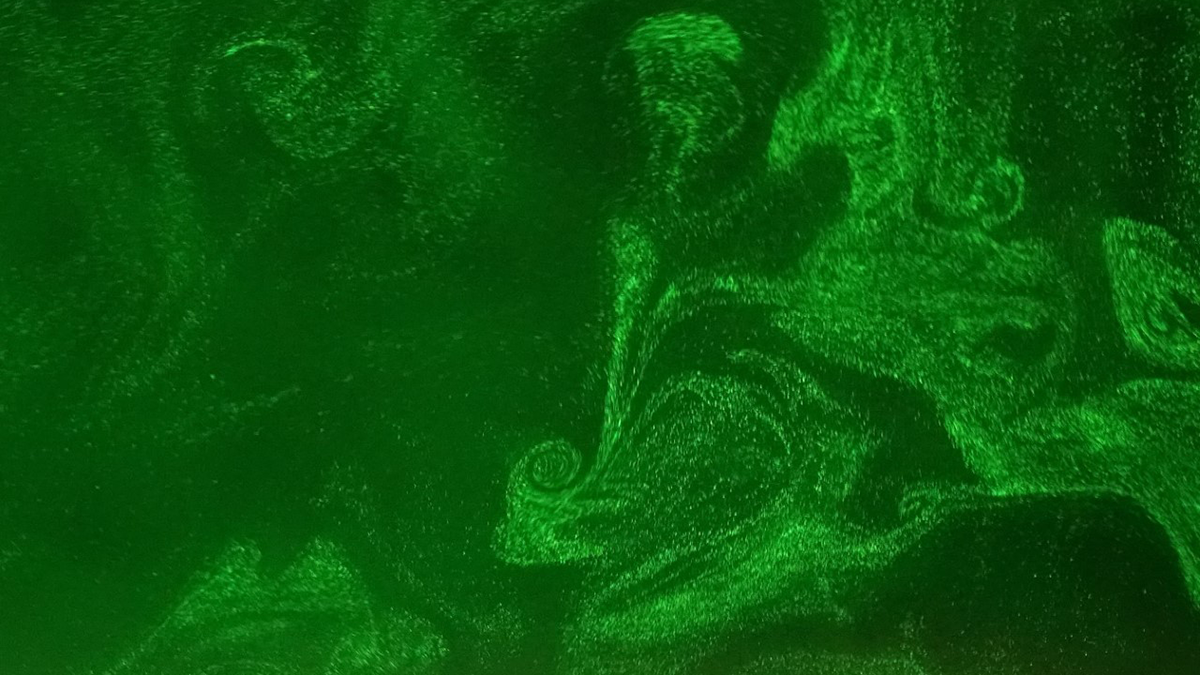Editors’ Highlights are summaries of recent papers by AGU’s journal editors.
Source: Journal of Advances in Modeling Earth Systems
Microphysical processes in clouds, such as the growth of cloud droplets by condensation and collision-coalescence, and their interaction with aerosols, cannot be directly measured in nature, nor can they be simulated in detail at cloud scales. Obtaining a ground-truth for theories and models of cloud microphysics and cloud-aerosol interactions hence has been a persistent challenge.
Laboratory measurements provide a means to obtain an experimental ground-truth. The Pi Chamber at Michigan Technical University, so named because its inner volume is 3.14 m3, has been doing this for the past years. Thomas et al. [2023] explore theoretically and numerically what scientific gains would be achievable if the height of the cloud chamber is increased, which increases convective velocities that are realizable and increases the relative importance of collisional growth of droplets relative to condensation. This would bring the experimentally accessible processes a step closer to those in clouds in nature.
Citation: Thomas, S., Yang, F., Ovchinnikov, M., Cantrell, W., & Shaw, R. A. (2023). Scaling of turbulence and microphysics in a convection–cloud chamber of varying height. Journal of Advances in Modeling Earth Systems, 15, e2022MS003304. https://doi.org/10.1029/2022MS003304
—Tapio Schneider, Editor, JAMES

